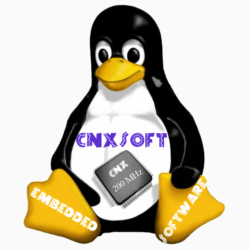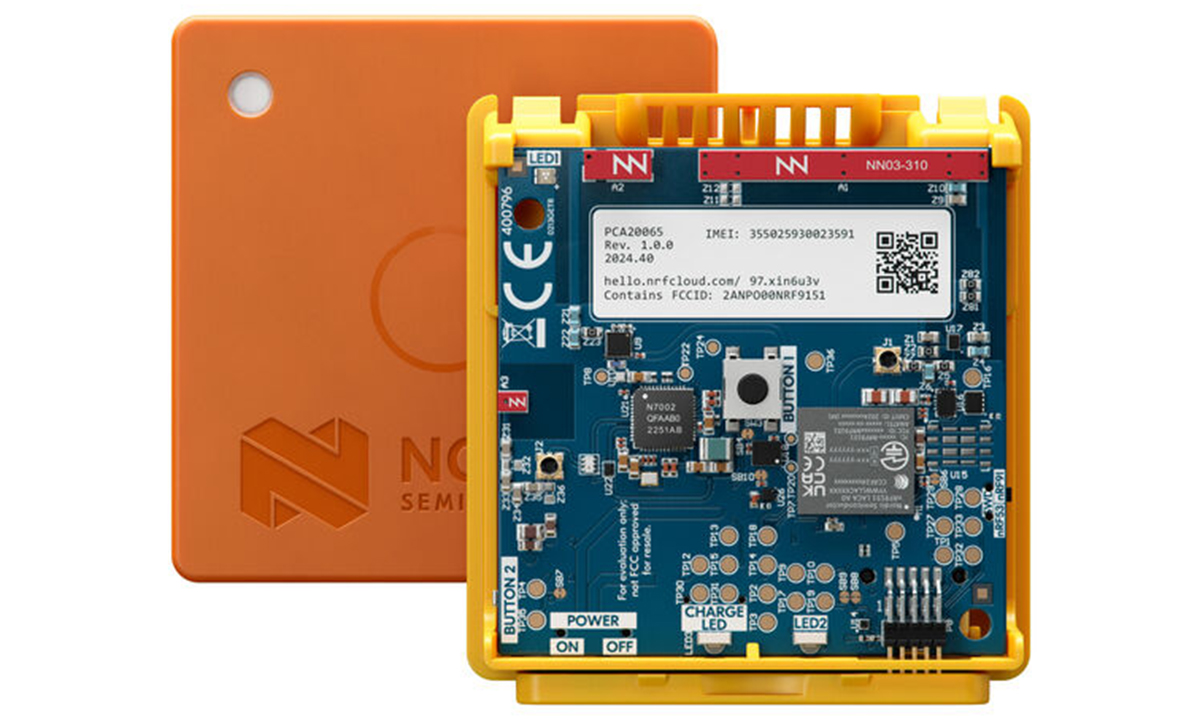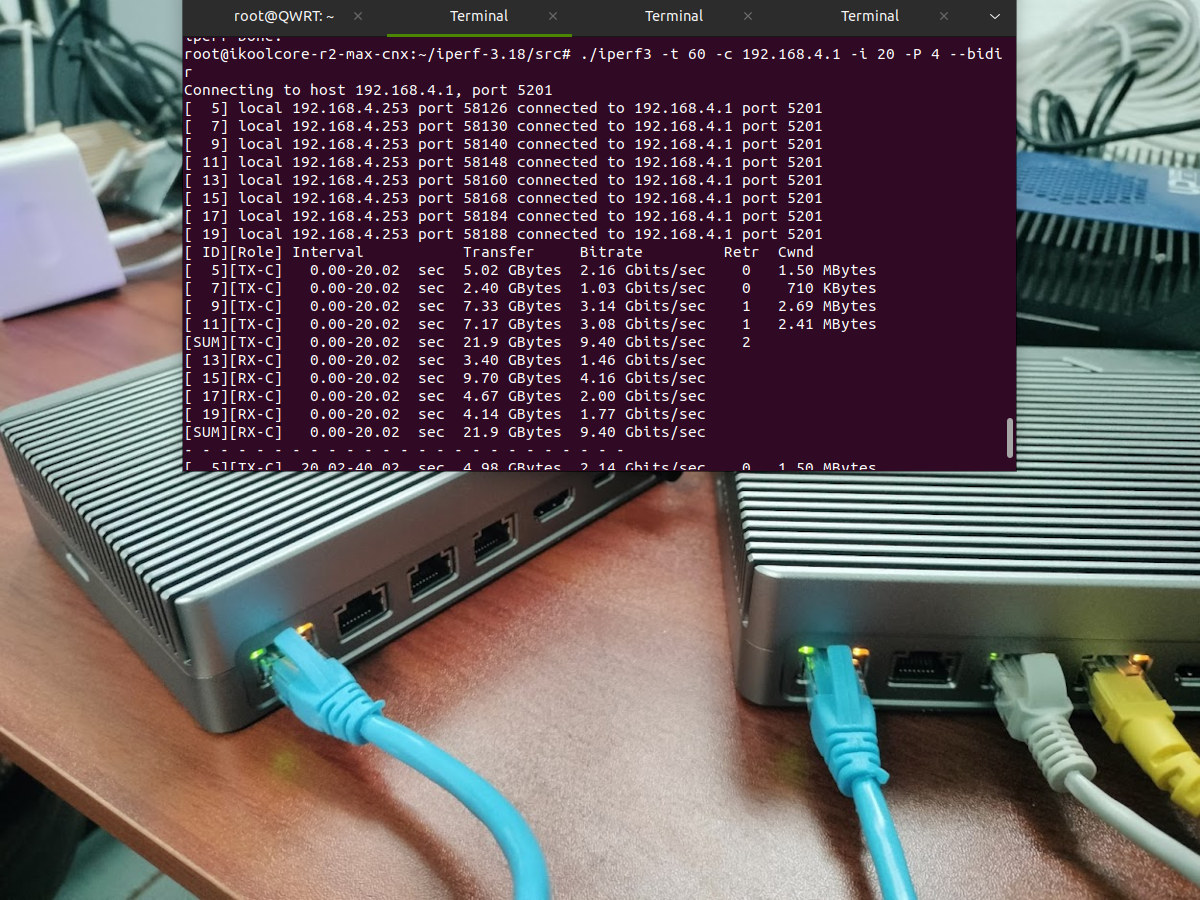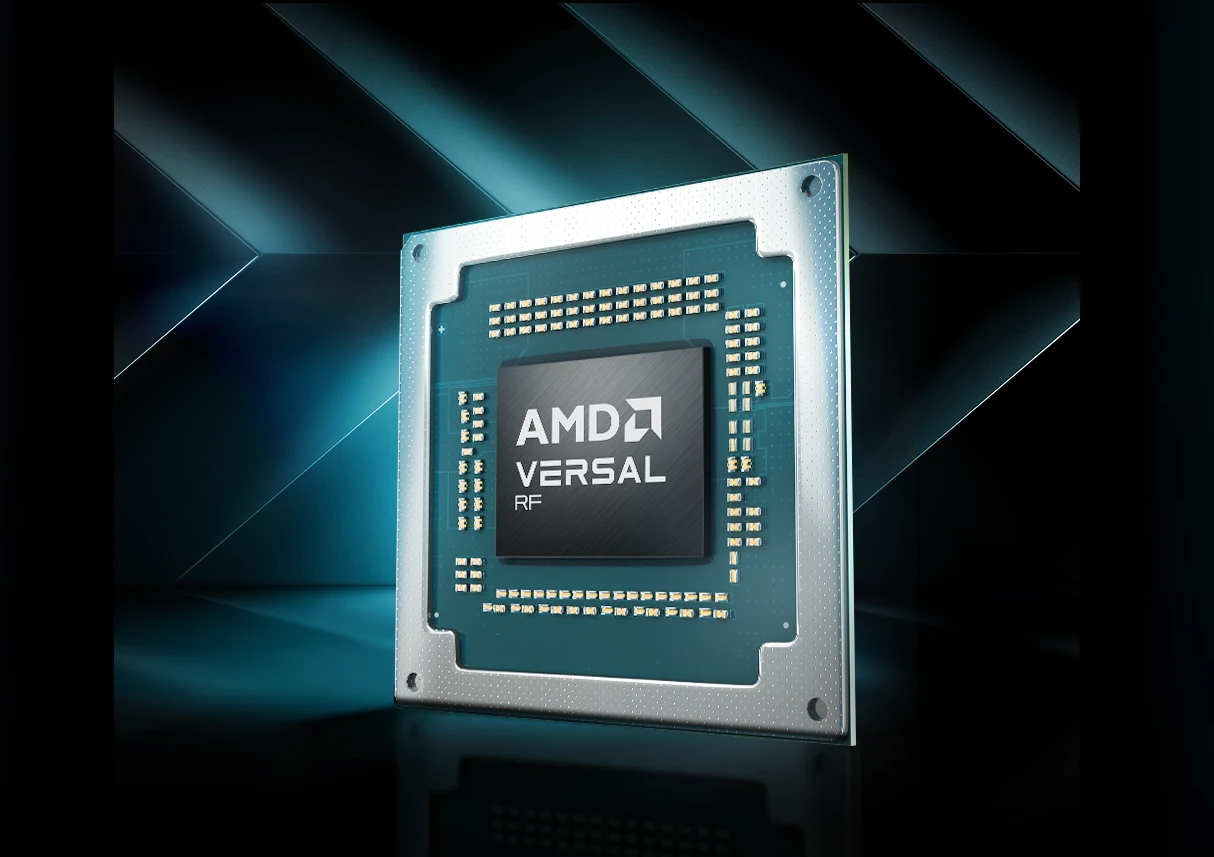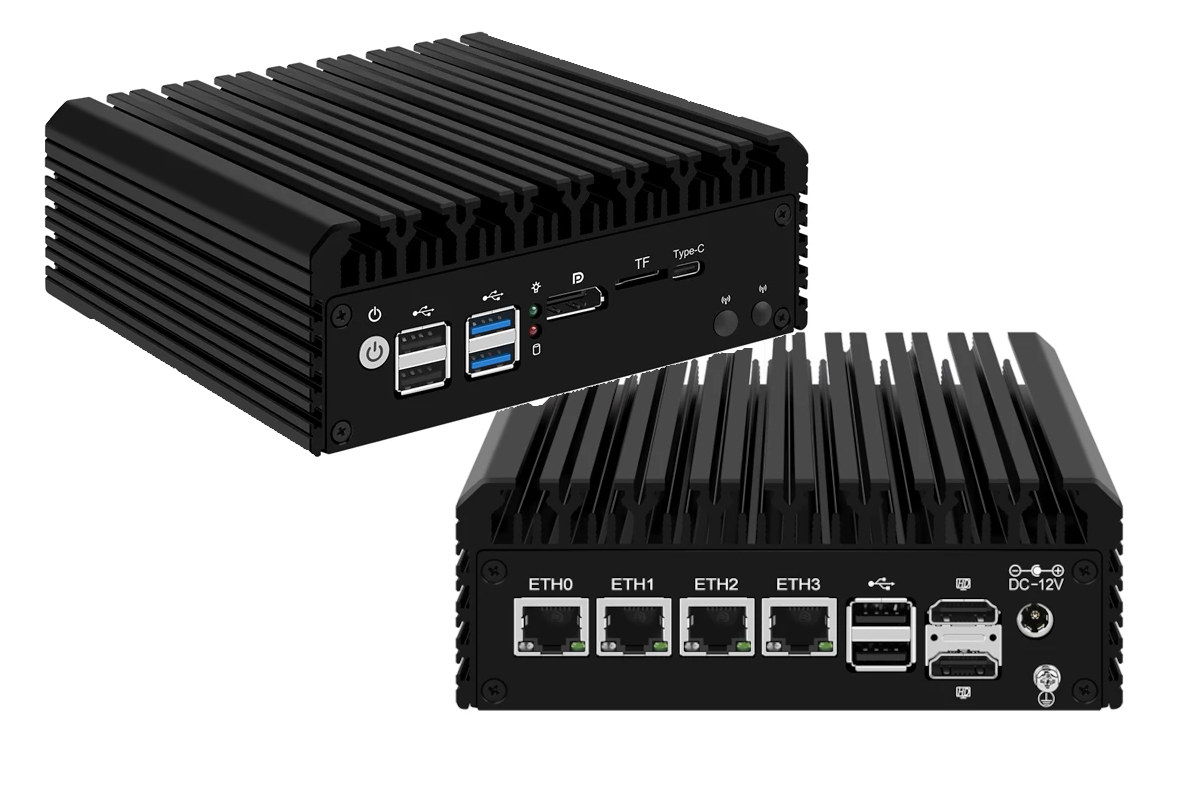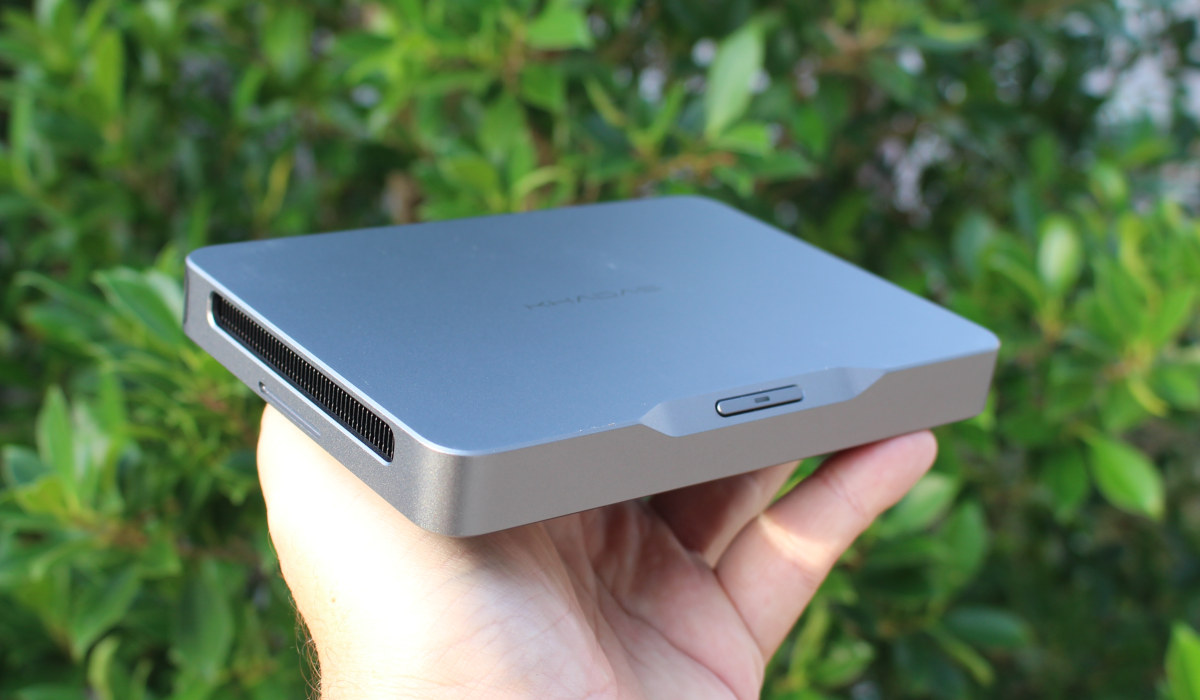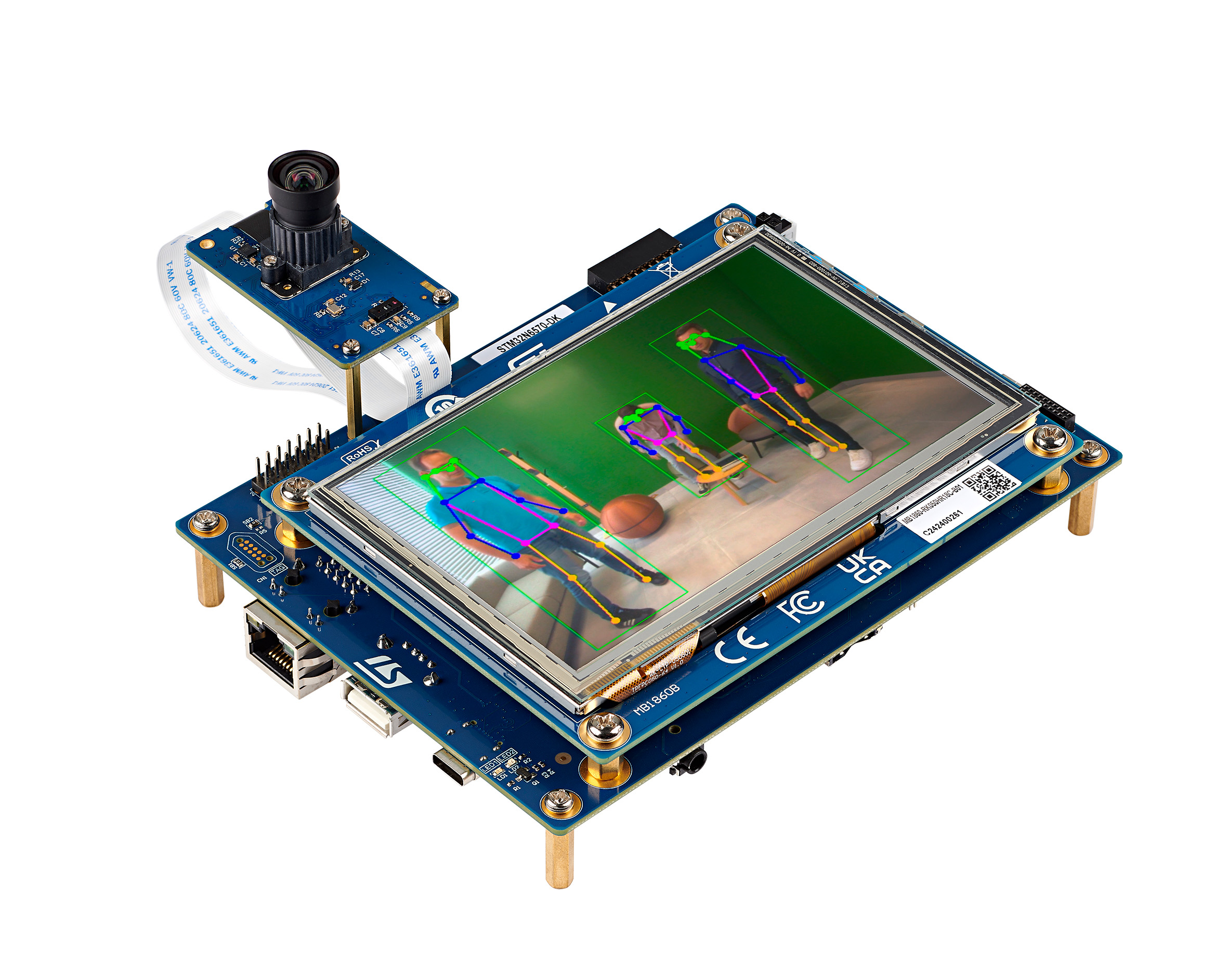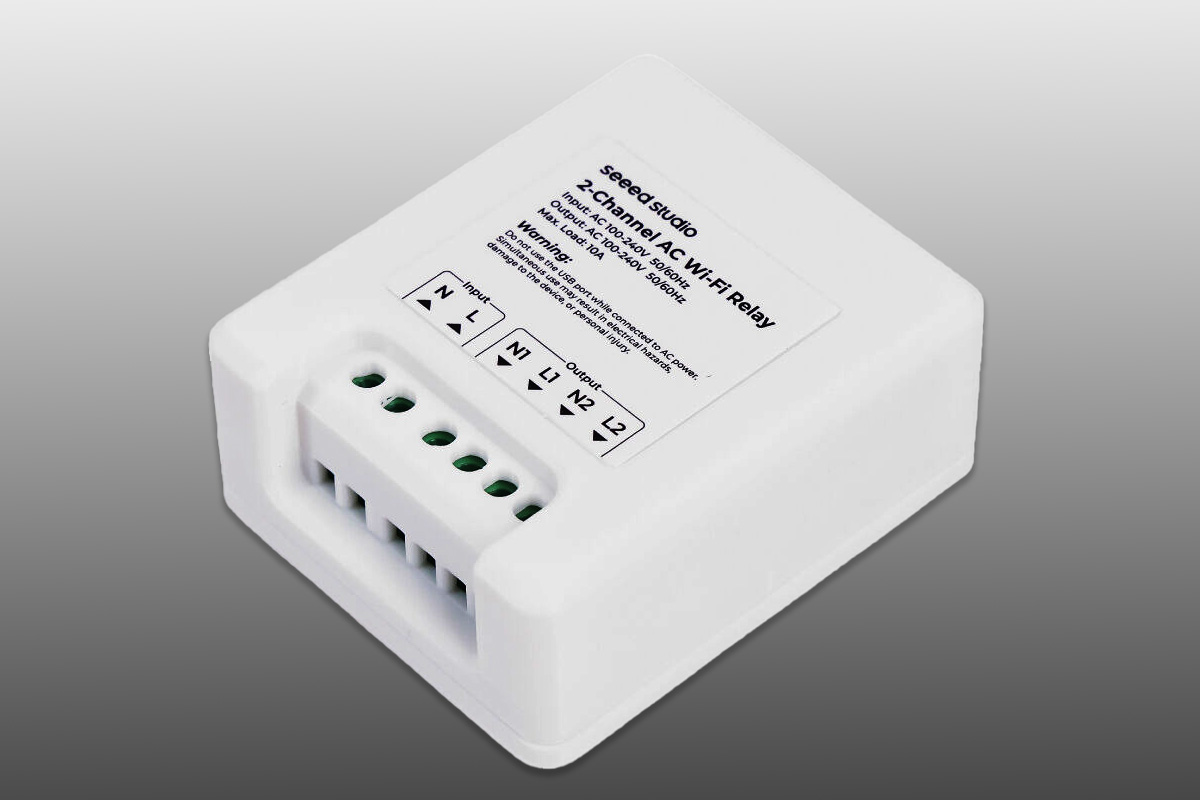Nordic Semiconductor introduced the Nordic Thingy:91 in mid-2019, a cellular IoT prototyping platform built around the Nordic nRF9160 system-in-package (SiP). It supports LTE-M, NB-IoT, and GPS, and includes features like an Arm Cortex-M33 core, Arm TrustZone security, and flash memory. The platform is ideal for creating IoT Proof-of-Concepts, demos, and prototypes, making it easy to test and deploy IoT applications. The upgraded Nordic Thingy:91 X features the new Nordic nRF9151 SiP, offering support for LTE-M, NB-IoT, GNSS, and DECT NR+ for global connectivity, integrates the nRF5340 SoC for USB and Bluetooth LE, and the nRF7002 IC for Wi-Fi locations. The platform includes sensors for environmental and motion sensing, one expansion connector for Qwiic/STEMMA QT and Grove modules, and antennas for LTE, GNSS, and Wi-Fi. Additionally, the kit also features a Nano/4FF SIM slot, two SIM cards, and a 1,350 mAh Li-Po battery managed by nPM6001 and nPM1300 PMICs, to support field […]
How to use iperf3 in multi-thread mode for 10Gps+ Ethernet testing
With 10GbE becoming more widespread and often found in entry-level hardware, the CPU may become the bottleneck, so I’ll explain how to use iperf3 in multi-thread mode to fully saturate the 10GbE bandwidth even with a system based on a relatively low-end multi-core processor.
For this tutorial, I use two iKOOCORE R2 Max mini PCs with two 10GbE interfaces each and an Intel N100 quad-core processor running an OpenWrt fork (QWRT) and Proxmox VE (Debian) respectively. I will show how I can fully saturate the 10GbE interfaces using multithreading, but not with a typical iperf3 single-core test.
4D Systems Raspberry Pi RP2350 display modules come in touch and non-touch options for embedded applications
4D Systems, an Australian company specializing in intelligent display solutions, has released Raspberry Pi RP2350-powered display modules with touch and non-touch options. The display modules are available in eight different sizes from 2.4-inch to 9.0-inch and different resolutions from 240×320 up to 800×480 pixels. They are “Powered by Raspberry Pi”-certified and leverage the Raspberry Pi RP2350’s dual-core architecture and security features for “secure, professional-grade applications that require modern UI”. 4D Systems is well-known for its high-quality displays designed for developers looking to create sophisticated user interfaces in embedded systems. There are four touch panel options for each gen4-RP2350 display module: non-touch, resistive touch, capacitive touch, and capacitive touch with a cover lens bezel (CLB). The gen4-RP2350 series also features a 30-pin FPC/ZIF socket to fit a 0.5mm pitch FFC for connecting a motherboard or accessory board. We have already covered Waveshare’s RP2350-LCD-1.28 display module but the gen4-RP2350 display modules are […]
AMD Versal RF Series adaptive SoCs target 6G wireless, aerospace, and electronics test equipment
AMD Versal RF series adaptive system-on-chips (SoCs) combines Arm Cortex-A72 and Cortex-R5F hard cores with FPGA fabric and direct radio frequency (RF)-sampling data converters for pre-6G systems, wireless 6G testers, aerospace and defense applications like radars, and electronics test equipment such as multi-channel testers, oscilloscopes, and wideband spectrum analyzers. Built upon the Xilinx Zynq RFSoC devices, the AMD Versal RF Series supports wideband-spectrum with high-resolution thanks to up to sixteen 18 GHz, 14-bit RF ADCs with up to 32 GSPS and sixteen 14-bit RFV DACs up to 16 GSPS, and delivers 80 TOPS of DSP performance in a size, weight, and power (SWaP)-optimized design. The chips also integrate hard IP such as DDR5 memory controllers, 600 Gbps Ethernet, PCIe Gen5 x4, and various high-speed transceivers. AMD Versal RF Series adaptive SoCs key features and specifications: Processing System Application Processing Unit (APU) – Dual-core Arm Cortex-A72 with 48 KB/32 KB L1 […]
HUNSN RJ42 and RJ43 Intel N150 fanless network appliances and mini PCs come with four 2.5GbE ports, four video outputs
We’ve previously seen the new Intel N150 “Twin Lake” processor in mini PCs such as Beelink EQ14 and ASUS NUC 14 Essential among others, but the new quad-core CPU is now also found in HUNSN RJ42 and RJ43 fanless network appliances with four 2.5GbE RJ45 ports. They also double as mini PCs with multiple video outputs and USB ports. The mini PCs ship with up to 32GB RAM and 512GB of storage, support four independent displays through HDMI, DisplayPort, and USB-C interfaces, and offer five USB Type-A ports for expansion. The HUNSN RJ42 and RJ43 offer a similar set of features as previous Intel N100 network appliances with 2.5GbE ports such as the iKOOLCORE R2 and INCTEL N100, but with a slightly faster Intel N150 “Alder Lake-N Refresh” or “Twin Lake” processor thanks to higher clock speeds, and extra interfaces. HUNSN RJ42/RJ43 specifications: SoC – Intel Processor N150 quad-core “Twin […]
Khadas Mind 2 AI Maker Kit – An Intel Core Ultra 7 258V “Lunar Lake” mini PC for developers
Khadas recently announced the Mind 2 mini PC with an Intel Core 5 or 7 “Meteor Lake” mini PC. But the company is prepping the launch of another similar device called the “Khadas Mind 2 AI Maker Kit Dev Workstation” or “Intel Core Ultra Processor (Series 2) AI PC Dev Kit” with a 15th Gen Intel Core Ultra 7 258V “Lunar Lake” processor offering up to 115 TOPS of AI performance. I’ll just call it “Khadas Mind 2 AI Maker Kit” for shorts. The system ships with 32GB RAM and a 1TB SSD, and Khadas says the new system is designed specifically for developers working on AI PC applications, but apart from the faster SoC, it comes with similar features as the Mind 2. This includes HDMI 2.0 video output, two 40Gbps USB4 ports, Wi-Fi 6E (802.11ax), and Bluetooth 5.3 connectivity, as well as two USB 3.2 Gen2 Type-A ports […]
STMicro releases STM32N6 Cortex-M55 MCU series with in-house NPU and dedicated computer vision pipeline
STMicro has announced the availability of the STM32N6 microcontroller series based on the 800MHz ARM Cortex-M55 and the 600 GOPS-capable Neural-ART Accelerator. The STM32N6 is the company’s “newest and most powerful STM32 series,” bringing MPU-level performance to MCUs. It is the first STM32 to feature the Arm Cortex-M55 and offer up to 4.2MB of embedded RAM. Additionally, the chip includes ST’s NeoChrom GPU and an H.264 hardware encoder. According to Remi El-Quazzane, MDRF (Microcontrollers, Digital ICs, and RF Products) President at STMicro, the STM32N6 “marks the beginning of a long journey of AI hardware-accelerated STM32, which will enable innovations in applications and products in ways not possible with any other embedded processing solution.” STMicro offers two versions of the STM32N6 MCU: the STM32N6x7 AI line featuring the Neural-ART accelerator and the STM32N6x5 GP (general-purpose) product line without an NPU. The microcontroller series is primarily targeted at computer vision and audio […]
ESP32-C3-based 2-channel Wi-Fi AC relay support energy monitoring with Home Assistant
Seeed Studio has recently launched a 2-channel Wi-Fi AC relay built around the XIAO ESP32C3 WiFI and Bluetooth module. The device is a simple WiFi relay module that can control two independent 100-240V AC appliances and is designed to be compatible with both Home Assistant with ESPHome firmware flashed by default. The device also features a built-in BL0942 power meter with a maximum load capacity of 2400W at 240V for real-time and historical energy consumption monitoring. These features make this device suitable for applications such as energy tracking and remote control of appliances. Seeed Studio 2-channel Wi-Fi AC relay specifications: MCU – XIAO ESP32-C3 with ESP32-C3 WiFi 4 and Bluetooth 5.x RISC-V microcontroller, USB-C port (unused here) Wireless connectivity – 2.4GHz Wi-Fi Relay channels – 2 independent channels Power Input terminals – Neutral (N), Live (L) Input voltage – 100-240V AC, 50/60Hz Output terminals Channel 1: N1 (Neutral), L1 (Live) […]
